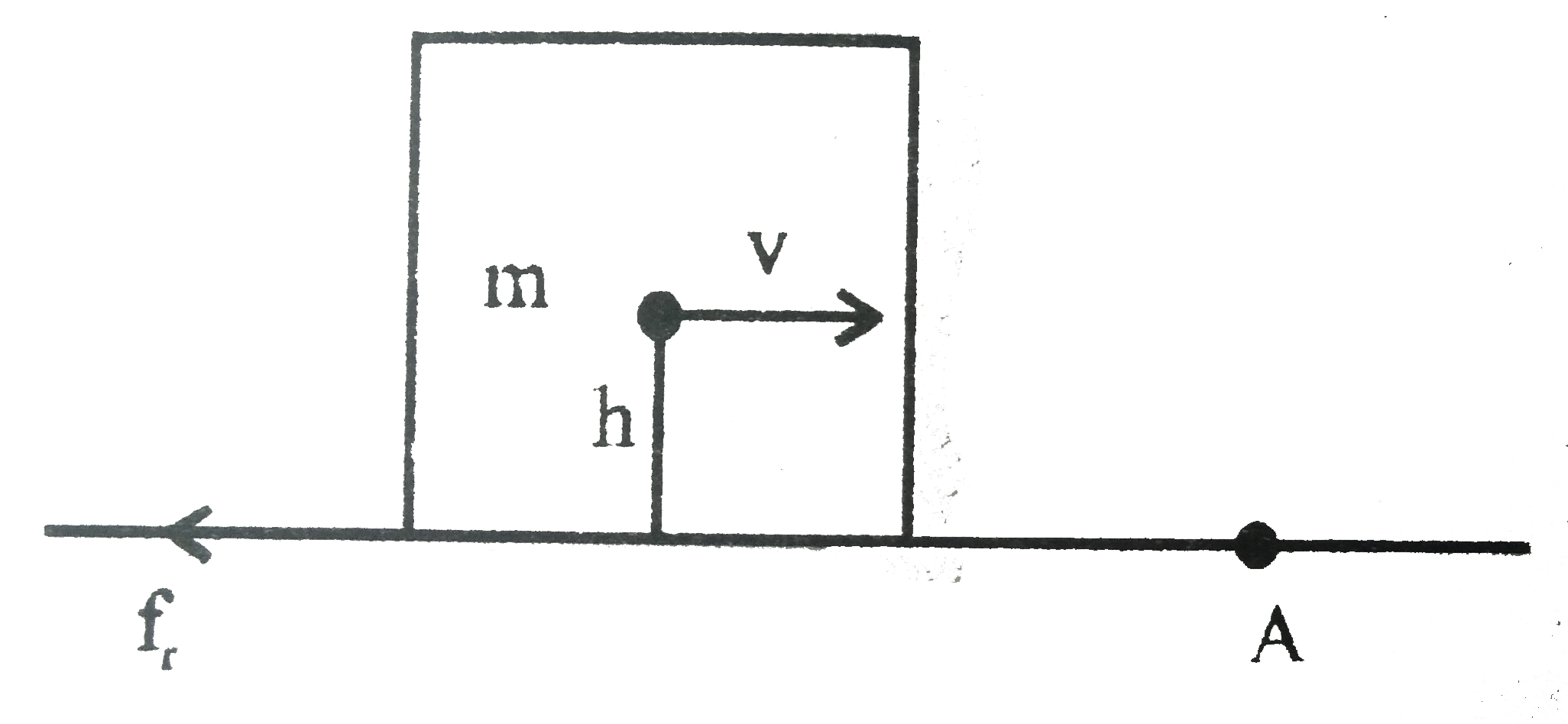Recommended Questions
- A block of mass m moves on a horizontal rough surface with initial vel...
06:00
|
Playing Now - A block of mass M is being pulley along horizontal surface .The coeffi...
03:40
|
Play - A block of mass m moves on a horizontal rough surface with initial vel...
06:00
|
Play - A bullet of mass m moving with velocity upsilon(1) strikes a suspended...
07:13
|
Play - A homogenous block of mass m, width b and height h is resting on a rou...
02:19
|
Play - m द्रव्यमान का एक गुटका M द्रव्यमान के एक त्रिभुजाकार गुटक पर रखा हुआ ...
14:43
|
Play - A block of mass M is using on a rough horizontal surface. muR is the c...
03:49
|
Play - What is the value of applied force ‘F’ which is exerted at an angle th...
04:26
|
Play - A block of mass M is kept on a smooth horizontal surface. Another bloc...
02:32
|
Play
